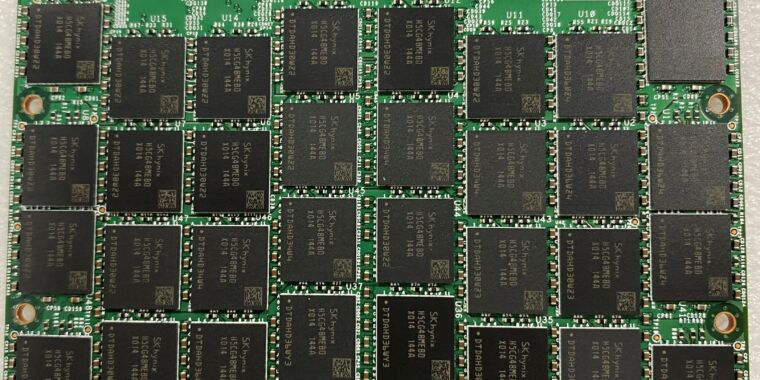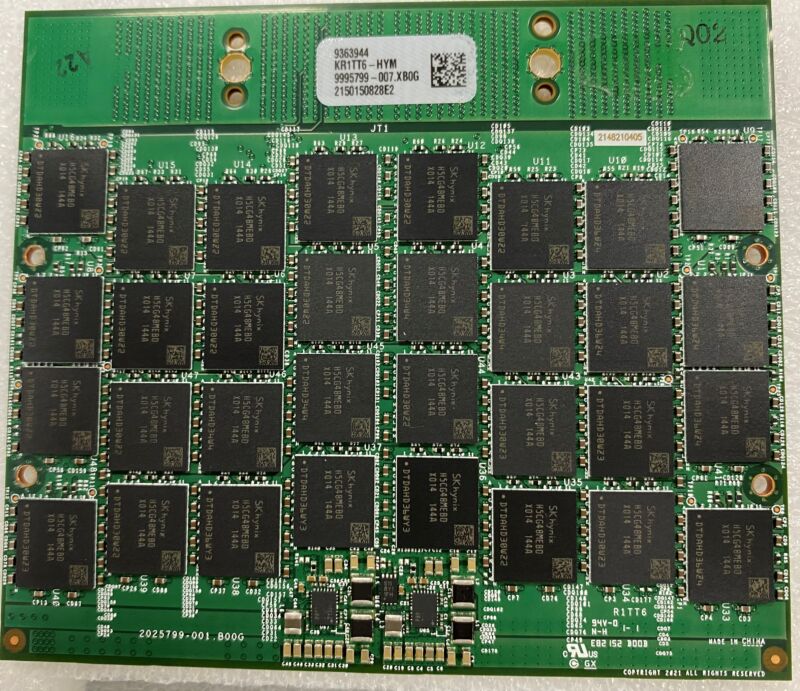The end of an era: Dell will no longer make XPS computers
After ditching the traditional Dell XPS laptop look in favor of the polarizing design of the XPS 13 Plus released in 2022, Dell is killing the XPS branding that has become a mainstay for people seeking a sleek, respectable, well-priced PC.
This means that there won’t be any more Dell XPS clamshell ultralight laptops, 2-in-1 laptops, or desktops. Dell is also killing its Latitude, Inspiron, and Precision branding, it announced today.
Moving forward, Dell computers will have either just Dell branding, which Dell’s announcement today described as “designed for play, school, and work,” Dell Pro branding “for professional-grade productivity,” or be Dell Pro Max products, which are “designed for maximum performance.” Dell will release Dell and Dell Pro-branded displays, accessories, and “services,” it said. The Pro Max line will feature laptops and desktop workstations with professional-grade GPU capabilities as well as a new thermal design.
Dell claims its mid-tier Pro line emphasizes durability, “withstanding three times as many hinge cycles, drops, and bumps from regular use as competitor devices.” The statement is based on “internal analysis of multiple durability tests performed” on the Dell Pro 14 Plus (released today) and HP EliteBook 640 G11 laptops conducted in November. Also based on internal testing conducted in November, Dell claims its Pro PCs boost “airflow by 20 percent, making these Dell’s quietest commercial laptops ever.”
Within each line are base models, Plus models, and Premium models. In a blog post, Kevin Terwilliger, VP and GM of commercial, consumer, and gaming PCs at Dell, explained that Plus models offer “the most scalable performance” and Premium models offer “the ultimate in mobility and design.”

Credit: Dell
By those naming conventions, old-time Dell users could roughly equate XPS laptops with new Dell Premium products.
“The Dell portfolio will expand later this year to include more AMD and Snapdragon X Series processor options,” Terwilliger wrote. “We will also introduce new devices in the base tier, which offers everyday devices that provide effortless use and practical design, and the Premium tier, which continues the XPS legacy loved by consumers and prosumers alike.”
Meanwhile, Dell Pro base models feel like Dell’s now-defunct Latitude lineup, while its Precision workstations may best align with 2025’s Dell Pro Max offerings.
The end of an era: Dell will no longer make XPS computers Read More »







